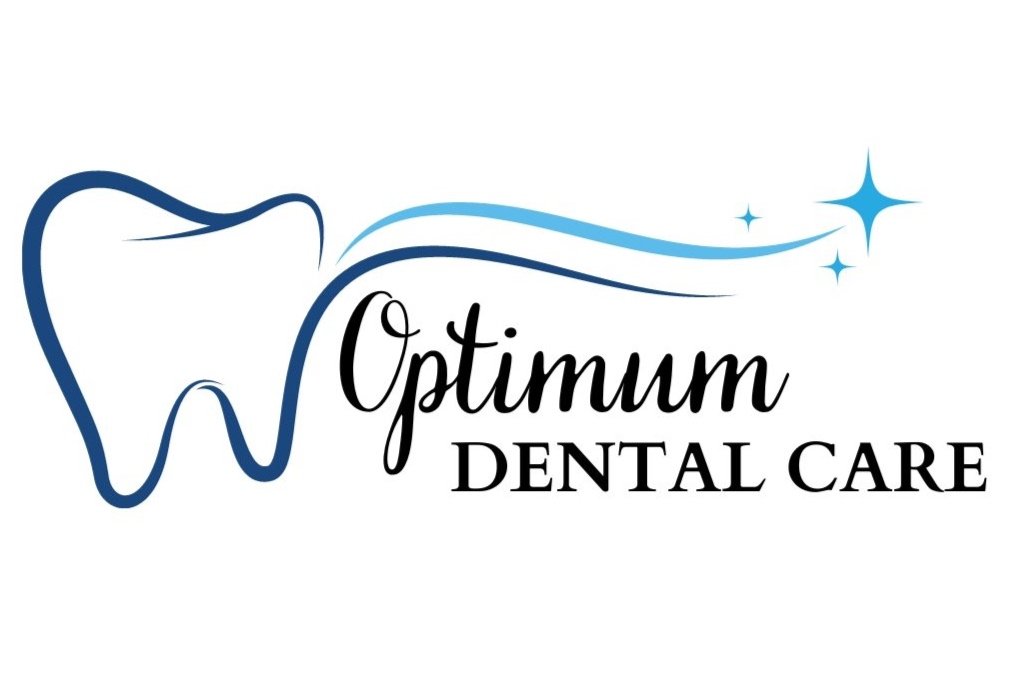Cleft Lip & Palate
Question: How are Cleft Lip and Cleft Palate treated in children?
Answer: A cleft lip and/or palate is a birth defect of the upper part of the mouth. An opening in the upper lip between the mouth and the nose creates the ‘cleft lip’ and a cleft palate occurs when the roof of the mouth has not joined completely.
During the first trimester of pregnancy, several areas of the face form separately, then join together as the fetus develops. During the fifth through ninth weeks of pregnancy genetic and environmental factors can affect lip and palate development. The likelihood of a baby being born with a facial cleft increase if a parent or other family member have a cleft. Mothers who abuse alcohol and drugs and lack vitamins, especially folic acid during the first few weeks of pregnancy are more likely to have a child with facial clefts.
Clefts may occur alone or with other abnormalities that may be hidden or obvious, some occur as part of genetic syndromes ( multiple congenital abnormalities) that have other predictable abnormalities. For this reason, newborn with clefts should be examined by a specialized physician soon after birth.
Over 5,000 infants are born in the United States with a cleft lip or cleft palate each year
(about one in 700 births). In the US, facial clefts seems to be related to ethnicity, occurring most often among Asians, Latinos, and Native Americans(one in 500), persons of European ethnicity ( one in 700), and least among persons of African ethnicity ( one in 1000).
Treatment
A cleft lip and/or palate can be repaired with corrective surgery under general anesthesia in the hospital. The treatment team involves professionals from the following specialties including pediatrics, plastic surgery, otolaryngology, orthodontia, oral surgery, prosthodontics, speech and language pathology, audiology, nursing and psychology.
1. Surgical repair of the lip is carried out about 3-4 months of age.
2. The first surgery to repair the palate is carried out between age 6-12 months old, this timing is critical to create a functional soft palate to facilitate feeding and normal development of the baby teeth and also for the child’s speech development.
3. Another surgery by age 12 is usually necessary to do a bone graft to the alveolus (tooth bearing area) so that the upper teeth on the cleft side can develop normally.
4. Additional surgeries may be necessary depending on the complexity of the case. There are different types of cleft cases, depending on the location of the clefts and how many clefts are present.
- unilateral cleft lip with or without cleft palate
- bilateral cleft lip with or without cleft palate
- cleft of the soft palate
- cleft of the hard palate
- any combination of the above.
Prognosis and recommendation:
Both cleft lip and cleft palate are treatable birth defects. Most children born with either or both of these conditions undergo reconstructive surgery while they are infants to correct the defect and significantly improve facial appearance. With advances in surgical techniques and with more complete repair of facial clefts, about 80 percent of affected children have normal speech development by the time they enter school. Continuation of speech therapy results in continuous improvement for common speech problem.
In poor and underdeveloped countries many of these patients remain untreated due to lack of specialized medical and dental care. Some volunteer medical groups do charity work in many of these countries and many lucky patients are able to get these surgical procedures done free of cost. Also because these cases are not as common in the US as in some of these other countries especially in South America, many Plastic Surgery and Maxillofacial Surgery training programs in the US make annual trips to perform these procedures at no cost to the patients, thereby allowing the residents to gain valuable surgical experience in performing these procedures..
